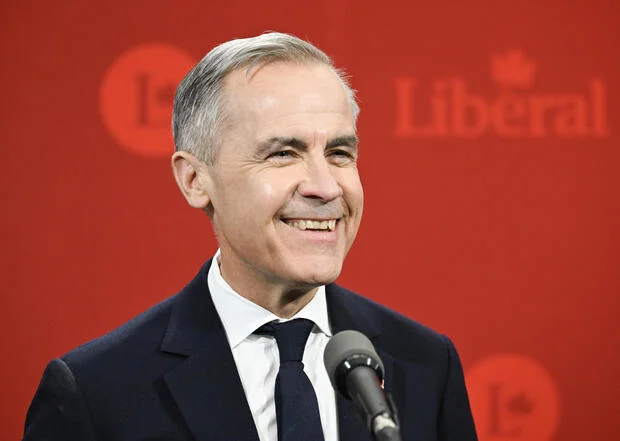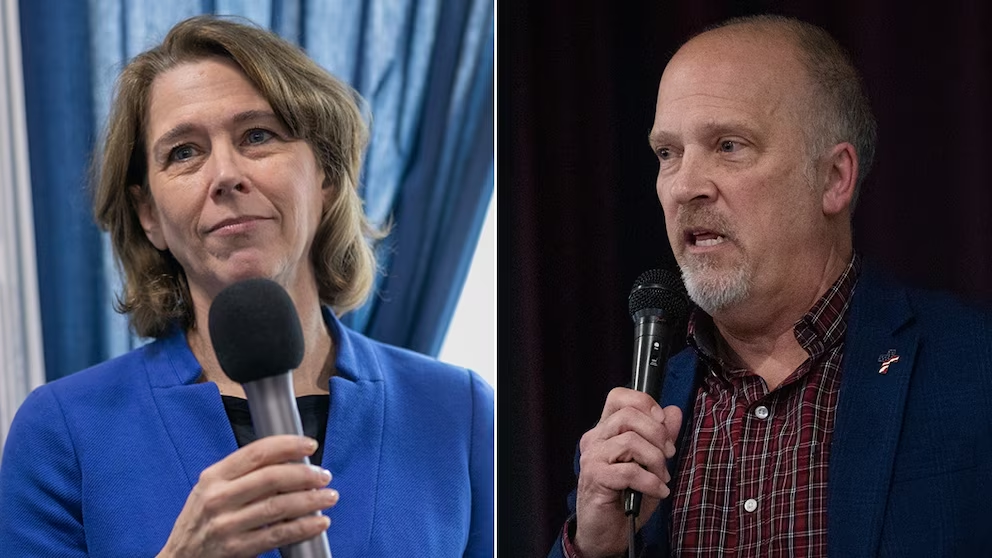Born on March 16, 1965, Carney is widely recognized as one of Canada’s most distinguished public servants. As Governor of the Bank of Canada from 2008 to 2013, his leadership played a crucial role in steering the country through the global financial crisis.

In a pivotal moment for Canadian politics, the Liberal Party has chosen Mark Carney as its new leader, setting the stage for him to succeed Justin Trudeau as the country’s next Prime Minister. Carney, a highly experienced economist and former central banker, secured a commanding victory on the first ballot of the leadership race. This contest was triggered after Trudeau announced his resignation in early January, following internal party unrest and the notable departure of Deputy Prime Minister Chrystia Freeland.
At 59, Carney—who previously led both the Bank of Canada and the Bank of England—was widely seen as the frontrunner throughout the two-month campaign. His pragmatic leadership approach and extensive policy expertise made him the overwhelming favorite among party members.
In the final tally, Carney surpassed strong challengers, including former cabinet minister Karina Gould, former finance minister and deputy Prime Minister Chrystia Freeland, and businessman and ex-Liberal MP Frank Baylis. Each of the four candidates was met with enthusiastic applause upon entering the venue, taking a moment to acknowledge their supporters and highlight the party’s renewed momentum.
Notably, Carney has never held elected office and is not currently a Member of Parliament. While it remains unclear which riding he will contest, he has confirmed his intention to run for a seat in the House of Commons in the upcoming election.
How Was the New Prime Minister Elected?
Unlike parliamentary systems in countries such as Australia and the United Kingdom, where Prime Ministers are selected by lawmakers and can be smoothly replaced, Canada follows a more democratic, grassroots-driven approach. When Justin Trudeau announced his resignation earlier this year, it automatically triggered a leadership race within the Liberal Party. In Canada, political party leaders are not chosen by sitting legislators but through open internal elections. Any Canadian citizen or permanent resident can become a party member at no cost and participate in the vote. This system ensures that leadership transitions reflect broad national support.
The leadership contest is conducted using a ranked ballot system across Canada’s 343 parliamentary ridings. Each riding is allocated 100 points, which are distributed among candidates based on their share of the local vote. This ensures that the winning candidate has widespread national appeal rather than just strong support in select regions.
Voters rank the leadership candidates in order of preference. For example, if Candidate A receives 60% of the votes in a riding and Candidate B gets 40%, they are awarded 60 and 40 points, respectively. This process is repeated across all ridings. If no candidate secures more than 50% of the total points in the first round, the candidate with the fewest points is eliminated, and their votes are redistributed based on second-choice rankings. This continues until a candidate surpasses the majority threshold. This consensus-driven system ultimately led to Mark Carney’s victory.
Carney to Run in His First Federal Election This October
A total of 151,899 party members participated in the leadership race, and Carney emerged as the preferred choice under the ranked-ballot system that gives equal weight to each riding. Reports suggest that he will now lead the Liberal Party into the next federal election, which is expected to be a closely contested race against the Conservatives.
Despite his extensive experience in public service, Carney has never held elected office and is not currently a Member of Parliament. It remains unclear which riding he will contest, but he has confirmed his intention to run for a seat in the House of Commons in the upcoming election, scheduled for October this year.






Leave a Reply